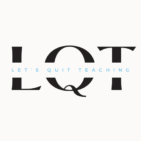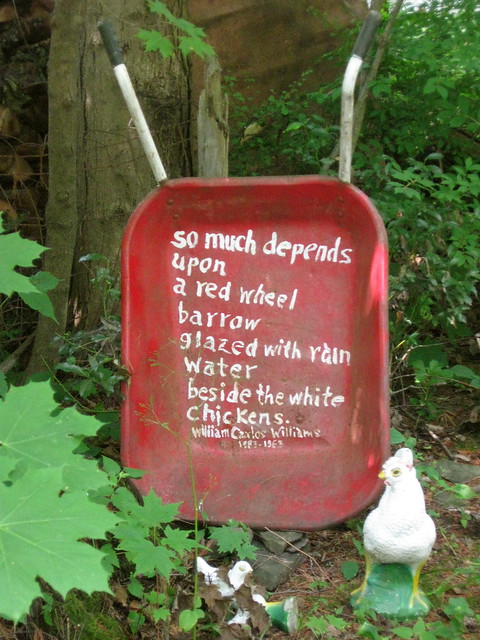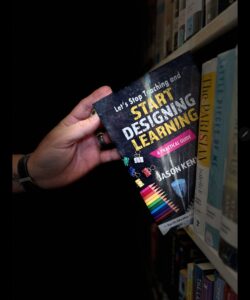Tier 1 instruction…
Remember that poem by William Carlos Williams, “The Red Wheelbarrow?” It’s the one you read and immediately said, “If this is poetry, I can be a poet.” If you don’t recall seeing it coming up through school, all you really need to know is the first line for this topic. It reads, “so much depends upon.” That’s exactly my thoughts on Tier 1 instruction. So much depends upon Tier 1 instruction.
If Tier 1 is not a well-oiled, highly efficient, firing-on-all-cylinders machine, then nothing else you do will be able to make the impact worth whatever effort you are putting into it. We can program, intervene, spend, computer remediate and (fill in the blank) until all resources and money have been exhausted by our Tier 2 and 3 efforts, but the needle on learning and achievement will not have moved much at all. So, how do we get Tier 1 where it needs to be?
The first step is to recognize who is coming into your schools and classrooms. The kids coming to us are NOT students. We treat them like they are, and have been for a while now. But if we REALLY want to get Tier 1 on track, we need to recognize that these “students” are actually learners. Isn’t that the same thing? Well, not really.
You see our students come to us, and we teach them. Students come in and sit down. We deliver instruction. Students do work, comply. They may do so individually or in groups. Students give back content that they were delivered. We ask questions, they answer. Students complete assignments, we grade them. This is typically what students do. But is this really the purpose for school? And is this what we want our Tier 1 instruction to be?
But, if you redefine the kids entering your room as learners, it changes your perspective and ultimately the decisions you make regarding Tier 1. You see learners come to us, and we have learning ready to facilitate for them. We set goals, define purposes, point out tools to be used. We guide learners to resources to discover and explore. Learners are turned loose into learning. Learners have a task that shows them and you that learning actually occurred. They self-assess and monitor. We provide feedback, allowing learners to reflect and revise. They evaluate and critique. All this and more are what a solid Tier 1 should include every single day if we want learning to happen at high levels. Then, once everyone is receiving this type of instruction in our classrooms, then and only then, can we look into specific and targeted methods for our Tier 2 and 3 that will actually produce results.
If we stop and commit to the idea that every single kid walking into our classroom is a learner, we will make decisions about how we can get them to discover their learning instead of us covering our content. We HAVE to make learning a priority. Learning IS the job. Why? Because learners are coming to you, and we have to produce opportunities for them to demonstrate learning. True learning, not compliance or acceptable behaviors.
Right now, you may have a growing population in need of Tier 2 and 3 services. If so, you need to take a hard look at Tier 1. How can we target specific needs in Tiers 2 and 3, if the basic needs for learning were not met in Tier 1? That is why so much depends upon Tier 1.
So, start today. Switch out those goggles before the class enters. You no longer will see them as students to deliver content to who will work for you and hand in the products. You will see them as learners to design opportunities for, who will take control over their learning, seek solutions, collaborate, monitor, assess, reflect, revise and produce evidence of learning that they can explain to themselves, to each other and to you. So much depends on us making this change. Take this first step.


